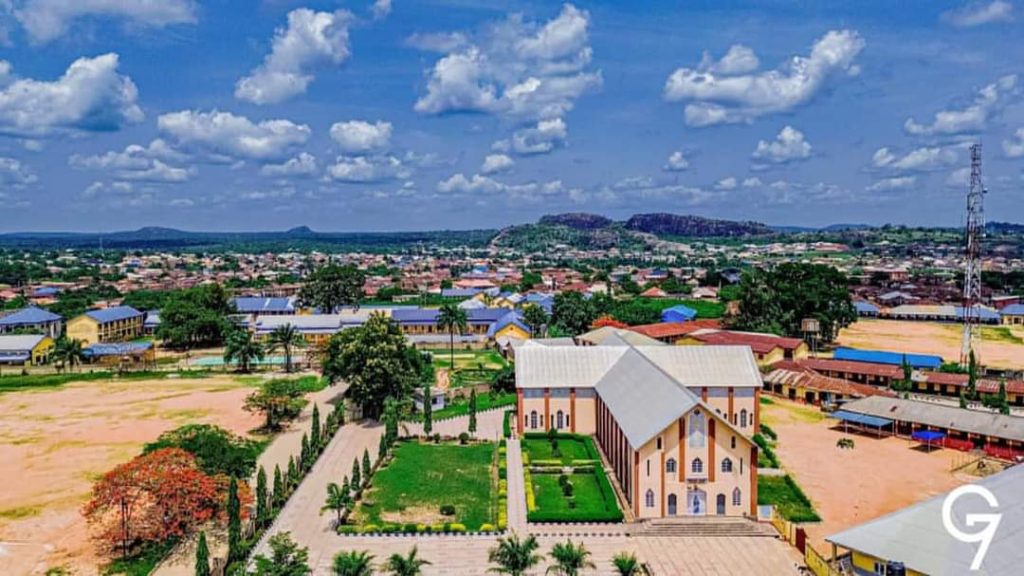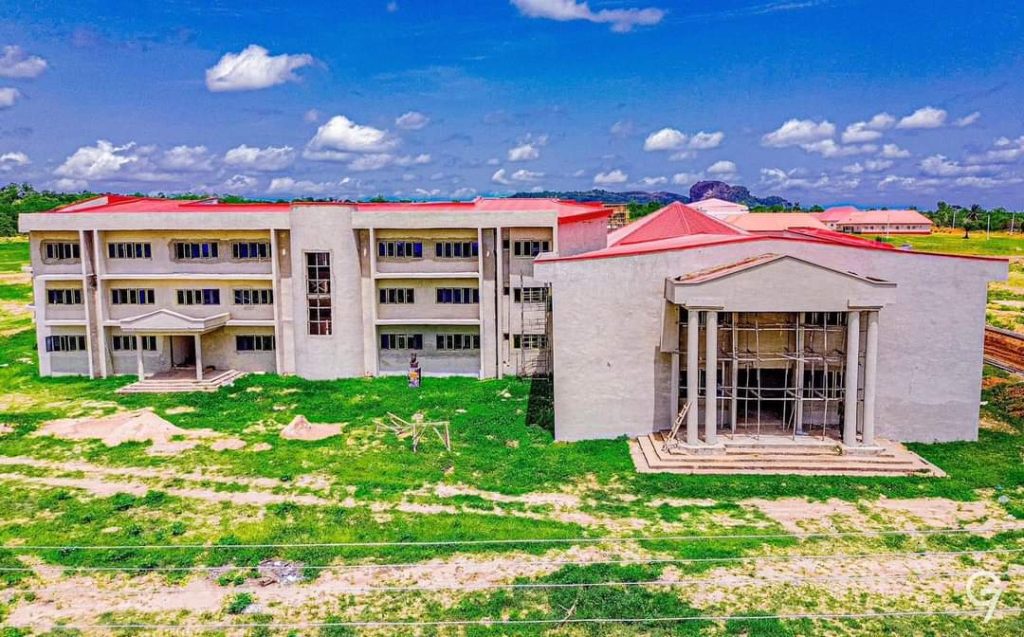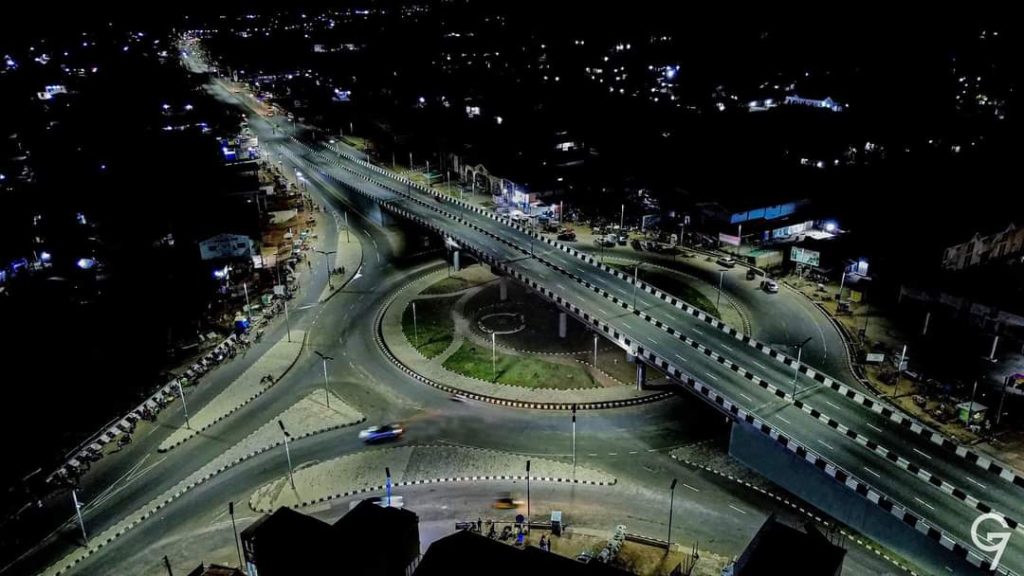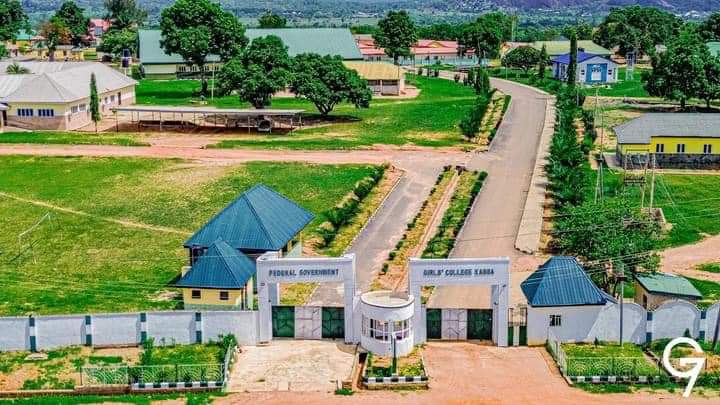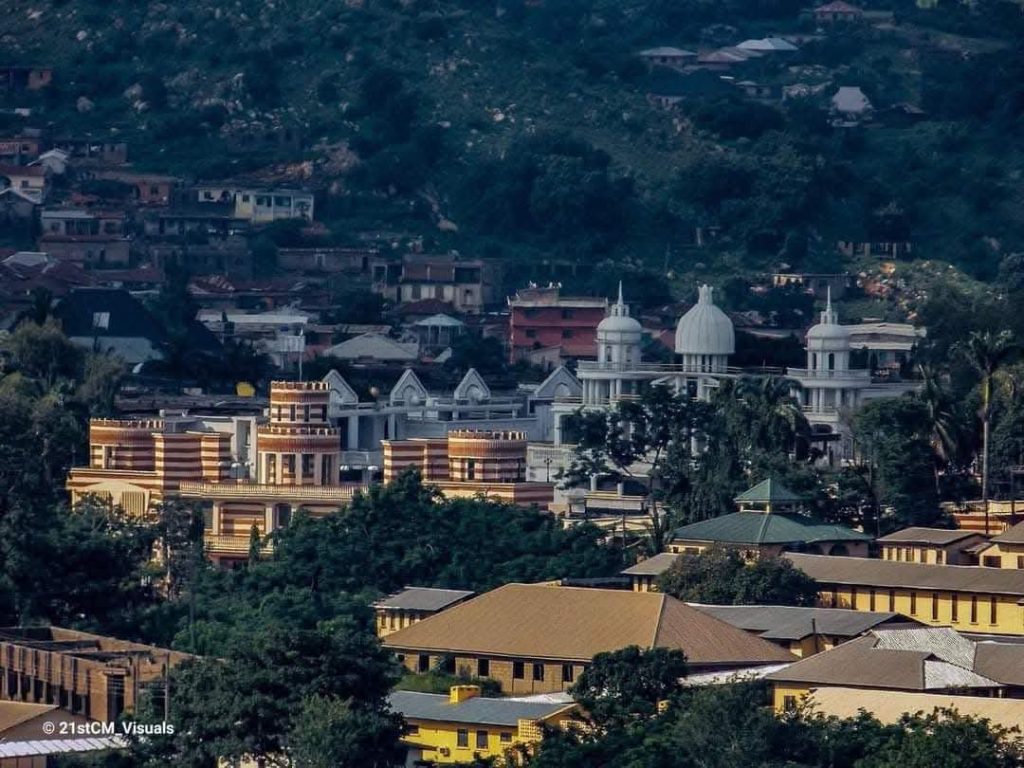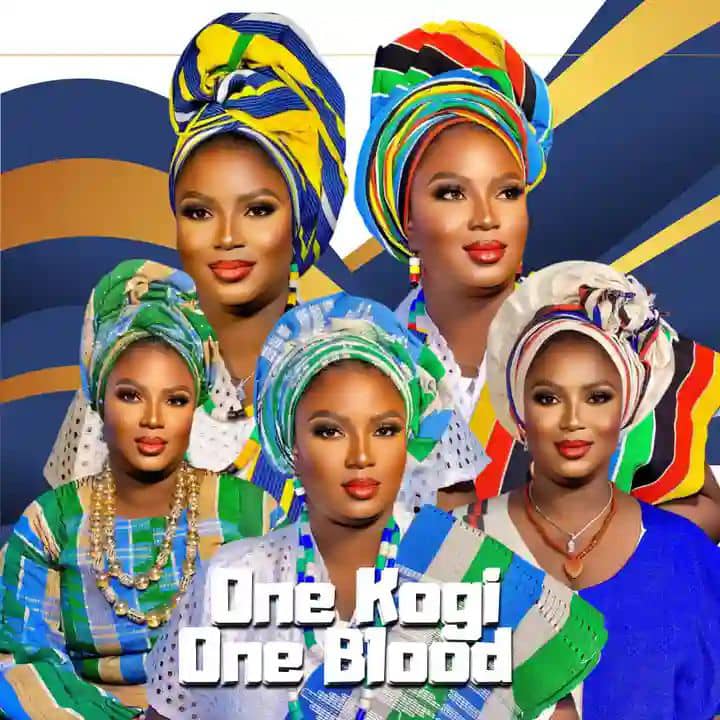THIS IS KOGI STATE: THE CONFLUENCE STATE
Located in the heart of Nigeria’s North-Central geopolitical zone, Kogi State is a unique and vibrant state with a rich history and diverse cultural heritage. Created on 27 August 1991 from parts of Benue, Niger, and Kwara States, Kogi State stands out as a melting pot of cultures, peoples, and traditions.
Geography and Location
Kogi State covers a landmass of 29,833 square kilometers, making it the 13th largest state in Nigeria. It is bordered by nine other states—Ekiti, Ondo, Federal Capital Territory (FCT), Nasarawa, Edo, Niger, Benue, Anambra, Enugu, and Kwara—reflecting its strategic location as a gateway to various regions. The state’s capital is Lokoja, a historical town known as the meeting point of the Niger and Benue Rivers, which gives Kogi its nickname, the Confluence State.
Population and Economy
Kogi State is home to an estimated 4.47 million people, with a GDP of $23.88 billion and a per capita GDP of $4,593, ranking it among Nigeria’s economically active states. Its diverse economic activities include agriculture, mining, and small-scale industries. The state is rich in natural resources, including limestone, coal, and iron ore, which serve as the backbone of its industrial activities.
Diverse Tribes and Rich Culture
Kogi State is a tapestry of ethnic groups, including the Okun, Igala, Ebira, Ogori, Nupe, and Bassa peoples, among others. This diversity translates into vibrant cultural expressions in music, dance, festivals, and traditional attire. The state also enjoys religious harmony, with Christianity, Islam, and traditional worship being the predominant faiths.
Education and Development
Kogi is home to five universities, including three state-owned, one federal, and one private institution, reflecting the state’s commitment to education. Efforts to enhance infrastructure and human capital development are ongoing, supported by a medium Human Development Index (HDI) score of 0.625, ranking 9th among Nigeria’s 37 states and the FCT.
Tourist Attractions
Kogi State boasts numerous tourist sites, making it a potential hub for tourism in Nigeria. Key attractions include:
Mount Patti: Offers panoramic views of Lokoja and its surroundings.
The Confluence of the Niger and Benue Rivers: A natural wonder marking the meeting point of Nigeria’s two great rivers.
Lord Lugard’s Residence: A colonial relic from Nigeria’s early administrative history.
The Iron of Liberty: A historical site commemorating the abolition of slavery.
Obangogo Hills: A breathtaking location ideal for hiking and sightseeing.
Nike Art Gallery: A showcase of Nigerian art and culture.
The Azad Palace: A symbol of traditional rulership and heritage.
Infrastructure and Transportation
Kogi State has 21 Local Government Areas (LGAs) and several major towns, including Lokoja, Kabba, Okene, Ayingba, Isanlu, Idah, and Egbe. While the state boasts an extensive road network, it is also developing an airport to enhance connectivity and economic growth.
Conclusion
Kogi State is a land of opportunities, with its strategic location, abundant resources, and cultural richness positioning it as a critical player in Nigeria’s socio-economic landscape. From its historical significance as the site of Nigeria’s first administrative capital to its status as a confluence of tribes and cultures, Kogi State continues to inspire pride among its people and offer vast potential for investors, tourists, and residents alike.
This is Kogi State—a land where history meets modernity, and diversity thrives.
BEAUTIFUL PICTURES





